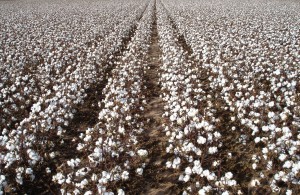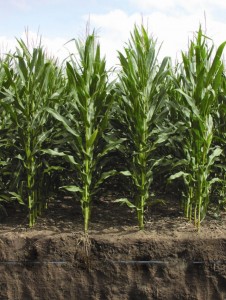Subsurface Drip Irrigation Shines at Alfalfa Field Day
On May 15, UC Davis held its annual Alfalfa Field Day to discuss a number of topics, including pest management, varietal trials, and irrigation management. However, the highlight of the field day was the discussion on subsurface drip irrigation (SDI) for alfalfa.
UC Davis Extension agronomist and forage specialist, Dan Putnam, provided the benefits and disadvantages of alfalfa on SDI and introduced a three year project that is currently looking at the water use, yield opportunities, and rodent management strategies associated with SDI. As part of this effort, UC Davis will launch an online sharing group to allow grower collaboration for SDI on alfalfa. More information can be found at http://alfalfa.ucdavis.edu/.
Subsurface Drip Irrigation Shines at Alfalfa Field Day Read More »

 Young Farmer, Kris Verett, didn’t plan on following in his father’s footsteps and becoming a farmer. But at 28, he joined the One-Ton Club at the Texas Gin Show in Lubbock for his drip irrigated cotton.
Young Farmer, Kris Verett, didn’t plan on following in his father’s footsteps and becoming a farmer. But at 28, he joined the One-Ton Club at the Texas Gin Show in Lubbock for his drip irrigated cotton. With the help of manufacturers, like
With the help of manufacturers, like